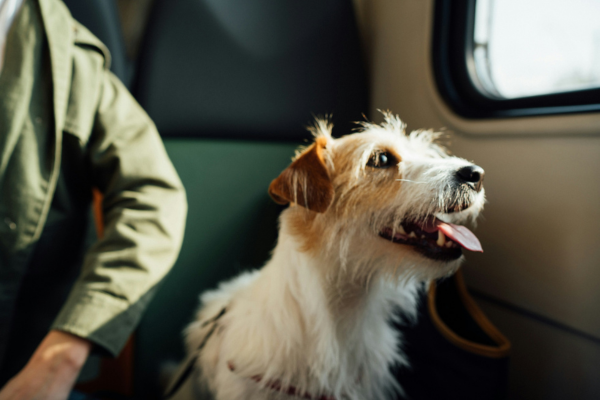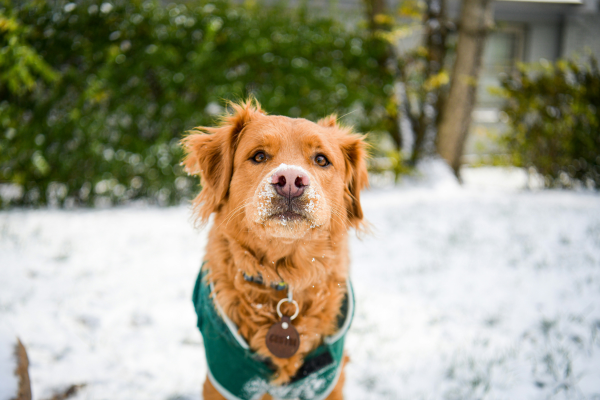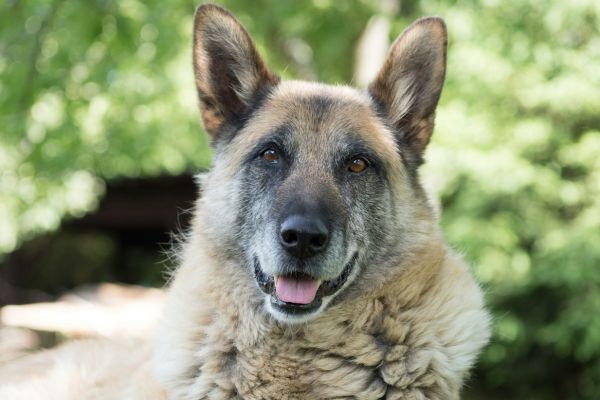Especially if you live in a tick prone area or a woodsy area, it is always a good idea to give your dog a thorough check for ticks when coming in from outside. You can start by checking their back and belly. When doing so, make sure to go against the haircoat, feeling for small lumps or bumps. Ticks love to hide in warm, dark places, so make sure to check in and around the ears, between the toes, the medial thighs and armpits. Other places they like to hide is in skinfolds, especially around the head and neck and under the collar. Lastly, make sure you lift the tail and check around the anus and perineal area.
Often there are no warning signs that your dog has a tick and your dog will happily be going about his business. Finding a tick in your home may indicate that it hitched a ride on your dog. If you notice small red, raised or scabbed spots, this may be evidence that your dog has had ticks. Sometimes you will notice your dog’s head shaking if a tick has burrowed into your dog’s ear.
Identifying ticks from other insects takes a little bit of attention. Ticks can vary in size from a millimeter to a few centimeters. They have eight legs with an oval-shaped body that swells when the take a blood meal. They range in color from whitish, to red/brown, and vary in shades of brown. They have a very small “head” section where they attach to the host. They do not jump or fly.
If your dog does indeed have a tick, remove it carefully from the pet using tweezers by grasping the tick were the head attaches to the skin and removing the whole tick. Inspect the area on the skin to make sure that the head did not remain. Discuss a tick prevention protocol with your veterinarian and if any vaccinations or diagnostic testing will be needed to screen for tick-borne diseases.
NexGard Oral and Bravecto are two products that have seen a lot of positive feedback as of late for tick and flea protection.
Ticks are more than just a nuisance to your dog. They can carry diseases that affect both dogs and humans. There are great tick prevention products available through your veterinarian. If ticks are a recurring problem, it is important to treat your home and yard to help control them. Any time you and your dog venture into the great outdoors, be sure to consider ticks as a possible unwanted guest.






